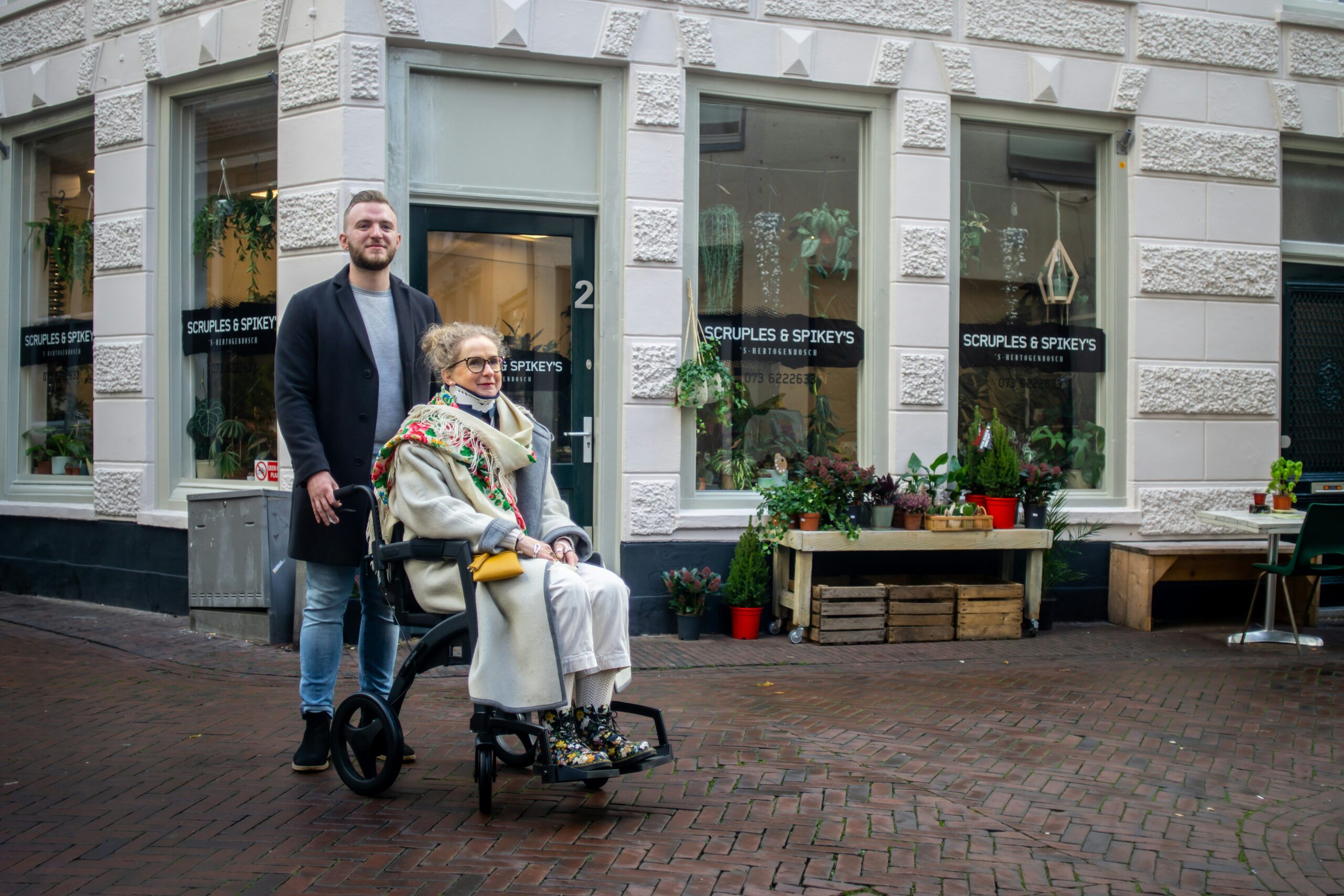
Orthopedic injuries and surgeries can be challenging for patients. The recovery process often requires time, patience, and effort. However, recent advances in rehabilitation technology are changing how patients heal. These innovations aim to improve recovery speed, reduce pain, and enhance overall outcomes. This article explores the latest technology shaping orthopedic rehabilitation and how it benefits patients.
New Technology Transforming Orthopedic Rehab
Orthopedic rehabilitation focuses on restoring movement, strength, and function after injury or surgery. Traditionally, this process relied heavily on manual therapy and exercises guided by physical therapists. While effective, these methods can be slow and taxing. New technology offers tools that support patients and therapists alike.
Devices such as wearable sensors, robotic assistance, and virtual reality systems now help track and guide patient progress more precisely. These tools make therapy more engaging and personalized. Patients can receive real-time feedback and adjust their movements to improve effectiveness, making recovery more targeted and efficient.
Wearable Sensors for Real-Time Monitoring
Wearable technology plays a key role in modern rehab. These devices attach to limbs or joints and measure movement patterns. They provide immediate data about range of motion, balance, and strength. Therapists use this information to tailor exercises and track improvement closely.
Patients also benefit from seeing their progress visually. This feedback motivates them to stay consistent with therapy. Moreover, wearables can alert therapists if patients perform exercises incorrectly or push beyond safe limits, reducing the risk of setbacks and re-injury.
Many wearable sensors are lightweight and easy to use at home. This allows patients to continue rehab outside clinical settings. The convenience helps maintain momentum in recovery, which is crucial for orthopedic healing.
Robotics Enhancing Physical Therapy
Robotic devices have become a breakthrough in rehabilitation. These machines assist patients with guided movements during therapy sessions. Robots help strengthen muscles and improve joint flexibility by supporting or resisting motion.
Robotic therapy can deliver precise, repeatable motions that are difficult to replicate manually. This consistency leads to better recovery results. Robots also reduce strain on therapists, enabling them to focus on coaching and adjusting treatment plans.
For patients, robotic devices provide a safe environment to practice movement. They build confidence by supporting weak limbs and controlling speed. The machines can gradually increase difficulty as strength returns.
Overall, robotics is transforming rehab by combining technology with expert care. This synergy speeds recovery and improves patient outcomes.
Virtual Reality Brings Immersive Rehab Experiences
Virtual reality (VR) has gained attention for its role in orthopedic rehab. VR systems create immersive environments where patients perform therapeutic exercises. These virtual worlds make rehab engaging and less monotonous.
Patients interact with digital objects, complete tasks, or play games to promote movement and coordination. VR’s engaging nature encourages longer and more focused therapy sessions.
Therapists can customize VR programs to target specific joints or muscle groups. The system tracks progress and adjusts difficulty automatically. This personalized approach enhances recovery effectiveness.
In addition, VR distracts patients from pain and discomfort during exercises. This can improve compliance and reduce the need for pain medication. Patients often find VR-based therapy more enjoyable, increasing their motivation.
Tele-Rehabilitation Expands Access and Convenience
Tele-rehabilitation uses digital communication tools to deliver therapy remotely. Especially after the recent global challenges, tele-rehab has become a valuable option for orthopedic patients.
Therapists can guide exercises and monitor progress from a distance through video calls, apps, and online platforms. Patients receive instruction and support without traveling to clinics. This convenience saves time and reduces exposure to infections.
Tele-rehab tools often include instructional videos, reminders, and progress tracking. Patients benefit from ongoing supervision and encouragement, and therapists can adjust plans quickly based on real-time feedback.
This approach benefits patients with mobility issues or those living in remote areas. Tele-rehabilitation bridges gaps in care, ensuring patients receive consistent support.
Artificial Intelligence Guides Personalized Recovery
Artificial intelligence (AI) is making strides in rehab technology. AI systems analyze patient data to recommend tailored treatment plans. By studying movement patterns and recovery rates, AI predicts the best exercises for each individual.
This personalized guidance enhances therapy effectiveness and reduces trial-and-error. Therapists can use AI insights to modify plans and focus on areas needing improvement.
AI also helps monitor adherence and spot warning signs early. For example, AI alerts therapists to intervene if a patient shows signs of limited progress or incorrect exercise form.
As AI technology evolves, it will play a more significant role in supporting patients and healthcare providers throughout recovery.
Benefits for Patients and Therapists
The rise of rehabilitation technology offers several benefits. Patients gain more control over their recovery through real-time feedback and personalized plans. Therapy becomes more engaging, reducing boredom and boosting motivation. Remote tools increase access to care and convenience. Therapists receive precise data to improve decision-making. Technology reduces physical strain on therapists and enhances treatment consistency.
Together, these advantages lead to better outcomes and a smoother rehabilitation journey.
Challenges and Future Directions
While rehab technology shows great promise, challenges remain. The cost of devices and training may limit widespread adoption. Not all patients feel comfortable with technology, requiring support and education.
Additionally, integrating new tools into traditional therapy workflows needs careful planning. Clinicians must balance technology use with hands-on care.
Ongoing research will improve device usability, affordability, and effectiveness. Advances in AI and data analytics will drive more customized and predictive rehab programs.
Collaboration among engineers, therapists, and patients will be key to shaping future rehabilitation solutions. The goal is always to make recovery faster, safer, and more rewarding.